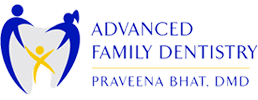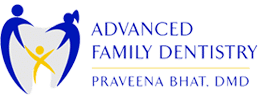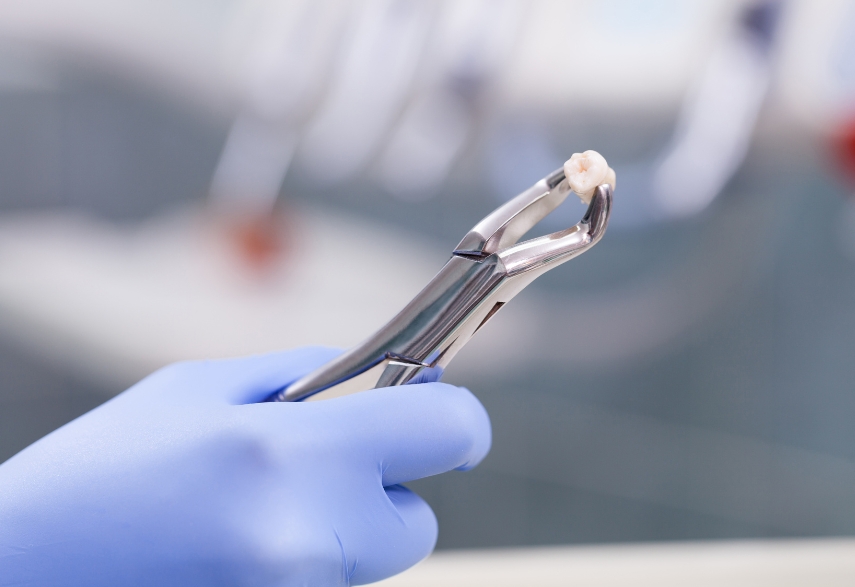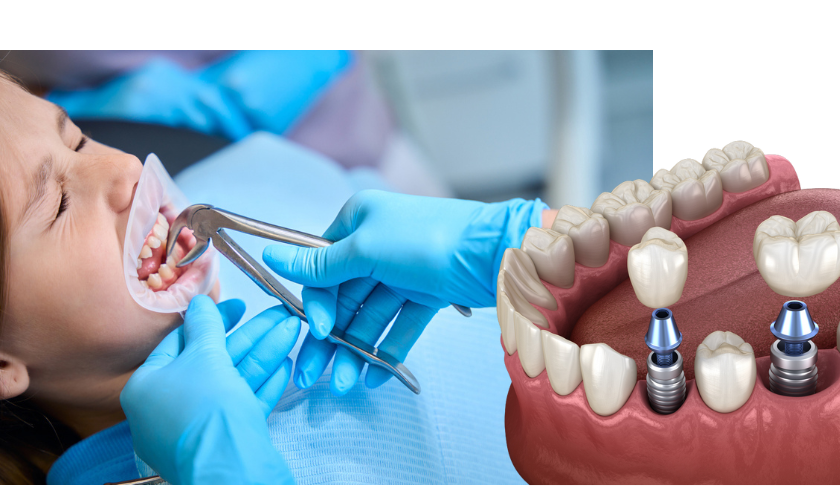Top Family, Cosmetic and Implant Center In 537 Amherst St, Nashua, NH 03063
What to Eat After Tooth Extraction

Recovering from a tooth extraction can feel overwhelming, especially when it comes to figuring out what to eat. The wrong foods can cause discomfort or even lead to complications, making the healing process longer and more painful. But it doesn’t have to be that way. With the right dietary choices, you can support your body’s natural healing process and get back to feeling your best in no time. This guide is here to help you navigate your post-extraction diet with ease, offering practical tips and tasty food options that will keep you comfortable and speed up your recovery. Keep reading to discover the best foods to eat after a tooth extraction and how to avoid common pitfalls.
Preparing for Recovery After Tooth Extraction
Undergoing a tooth extraction can be a daunting experience, but understanding what comes next can make the recovery process much smoother. One of the most important factors is your diet. Eating the right foods not only promotes healing but also helps avoid complications like dry sockets or infections. In this comprehensive guide, we’ll explore the best foods to eat after a tooth extraction and offer tips to make your recovery as comfortable as possible.
Why Your Diet Matters Post-Extraction
After tooth extraction, your body goes into healing mode. The area where the tooth was removed needs to form a blood clot, which is crucial for the healing process. Certain foods can help maintain this clot and support the tissues as they repair themselves. Conversely, eating the wrong foods can dislodge the clot, leading to painful complications and a delayed recovery.
Immediate Post-Extraction Care: The First 24 Hours
The first 24 hours after tooth extraction are critical. During this period, you should focus on foods that are easy to eat, require minimal chewing, and are gentle on the surgical site. Cold and soft foods are ideal during this time as they can help reduce swelling and provide comfort.
Ice Cream and Smoothies
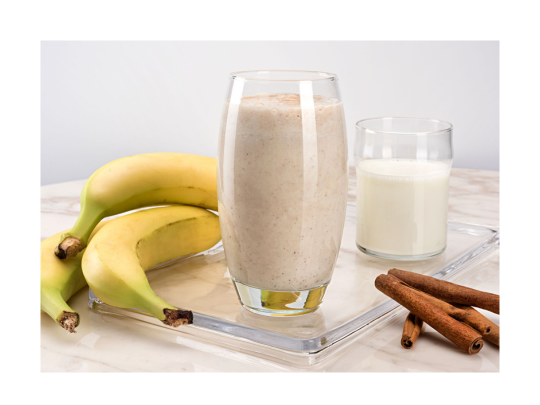
Cold foods like ice cream and smoothies can offer immediate relief by numbing the area and reducing swelling. However, avoid using a straw when drinking smoothies, as the suction can dislodge the blood clot, leading to dry socket.
Yogurt and Pudding
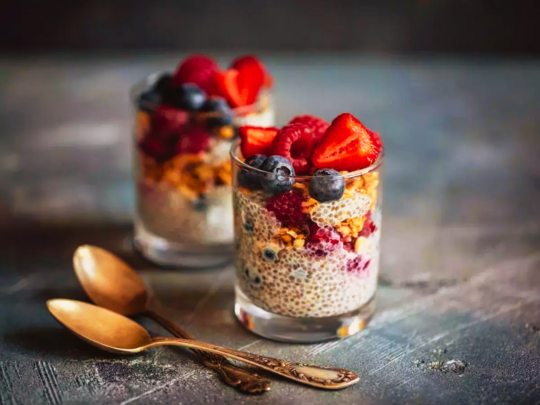
Yogurt and pudding are excellent choices because they are smooth, easy to swallow, and packed with nutrients. Greek yogurt, in particular, is a good source of protein, which is essential for tissue repair.
Broths and Soups
Warm broths and soups provide nourishment without requiring much chewing. Ensure the soup is not too hot, as extreme temperatures can irritate the extraction site. Consider adding soft, well-cooked vegetables or blending the soup for added nutrition.
Transitioning to Soft Foods: Day 2 to Day 5
As the initial discomfort subsides, you can gradually introduce more variety into your diet. The focus should still be on soft foods that are easy to chew and won’t irritate the healing site.
Mashed Potatoes
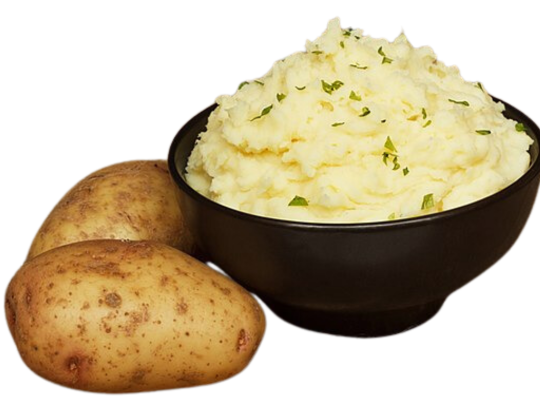
Mashed potatoes are a comforting and filling option. They can be easily customized with ingredients like butter, cheese, or gravy, making them a versatile addition to your post-extraction diet. Just ensure they are smooth and free of lumps to avoid unnecessary chewing.
Scrambled Eggs
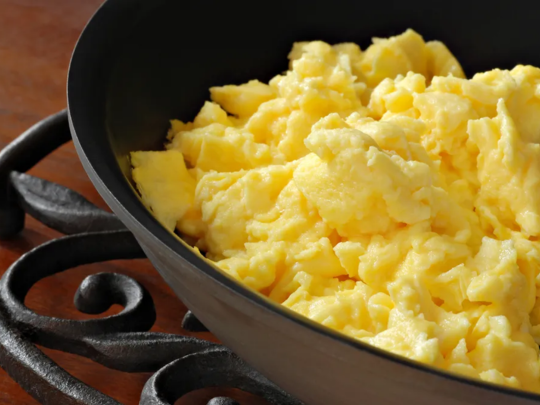
Scrambled eggs are another excellent choice, rich in protein and easy to eat. They can be soft and creamy, which is perfect for a healing mouth. Consider adding some cheese or a bit of soft avocado for extra flavor and nutrition.
Applesauce and Soft Fruits
Applesauce is gentle on the extraction site and provides a sweet treat that’s easy to eat. You can also enjoy other soft fruits like bananas, which are packed with vitamins and minerals that support healing. Avoid fruits with seeds or tough skins, as these can irritate the surgical area.
Oatmeal and Cream of Wheat
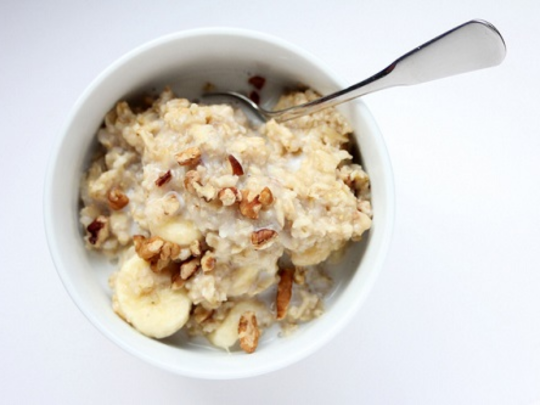
Oatmeal and cream of wheat are warm, comforting foods that are easy to eat and provide sustained energy. Be sure to cook them until they are very soft and avoid adding any crunchy toppings.
Expanding Your Diet: Day 5 and Beyond
As you continue to heal, you can start incorporating more solid foods into your diet. However, it’s important to do so gradually and to listen to your body. Avoid anything that requires excessive chewing or that could potentially harm the healing site.
Soft Pasta and Rice
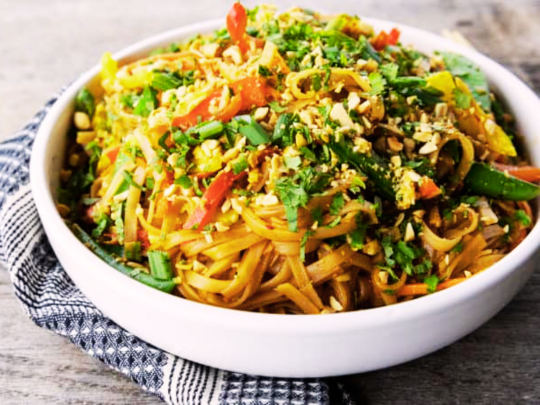
Soft pasta, like macaroni or noodles, is a good option as long as it’s cooked until very soft. Rice can also be reintroduced, but it should be well-cooked and mixed with a bit of broth or sauce to keep it from being too dry.
Fish and Tender Meat
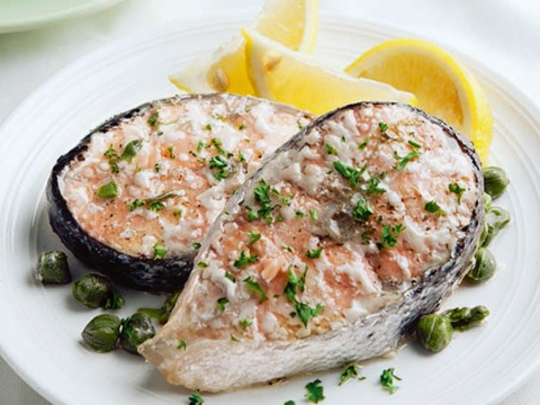
Once you’re comfortable, you can start to eat soft, tender proteins like fish or chicken. Fish is particularly good because it’s soft, flaky, and easy to chew. Chicken should be shredded or cut into very small pieces to avoid putting too much pressure on the surgical site.
Cooked Vegetables

Soft, well-cooked vegetables can be added to your diet as well. Steaming or boiling vegetables like carrots, zucchini, or spinach makes them easier to eat and ensures you’re getting essential nutrients without straining your healing gums.
Foods and Habits to Avoid
While there are many foods that are safe and beneficial after a tooth extraction, there are also several that should be avoided to ensure a smooth recovery.
Crunchy and Hard Foods
Crunchy foods like chips, nuts, and raw vegetables can be dangerous after a tooth extraction. They can get stuck in the extraction site or dislodge the blood clot, leading to complications.
Spicy and Acidic Foods
Spicy and acidic foods can irritate the extraction site and slow down the healing process. Foods like citrus fruits, tomatoes, and spicy dishes should be avoided until you’re fully healed.
Alcohol and Caffeine
Alcohol and caffeine can interfere with the healing process. Alcohol can irritate the wound and delay recovery, while caffeine can cause dehydration, which is not ideal for healing.
Smoking and Using Straws
Smoking and using straws are two habits that can seriously hinder your recovery. The suction from both can dislodge the blood clot, leading to a painful dry socket. It’s best to avoid these entirely during your recovery period.
Hydration and Supplements
Staying hydrated is crucial for a speedy recovery. Water is the best option, but you can also drink herbal teas or diluted fruit juices. Just be sure to avoid anything too acidic or that requires a straw.
Hydration Tips
Sip water regularly throughout the day, but avoid swishing it around in your mouth, as this can disturb the extraction site. Cold water can also help soothe the area, reducing swelling and discomfort.
Vitamin and Mineral Supplements
If your diet is limited after tooth extraction, consider taking vitamin and mineral supplements to ensure you’re getting all the nutrients your body needs for healing. Vitamins C and D, calcium, and zinc are particularly important for tissue repair and immune function.
Monitoring Your Recovery
Throughout your recovery, it’s important to monitor your progress and be aware of any signs that something might be wrong. While discomfort and swelling are normal, certain symptoms can indicate a problem.
Signs of a Dry Socket
A dry socket occurs when the blood clot at the extraction site becomes dislodged or dissolves before the wound has healed. This can lead to intense pain and delay healing. If you experience severe pain, an unpleasant taste in your mouth, or bad breath, contact your dentist immediately.
Infection Warning Signs
Infections are another potential complication after tooth extraction. Signs of infection include persistent swelling, fever, pus or discharge from the extraction site, and increasing pain. If you notice any of these symptoms, seek medical attention promptly.
Gradually Returning to Normal Eating
As your mouth continues to heal, you can slowly reintroduce more foods into your diet. However, it’s essential to take it slow and not rush the process. Pay attention to how your mouth feels after eating certain foods, and if you experience discomfort, take a step back and return to softer foods.
Reintroducing Tougher Foods
Once you’re ready, you can start eating tougher foods like raw vegetables, steaks, or crunchy snacks. However, cut these foods into small, manageable pieces and chew them on the opposite side of your mouth from the extraction site to minimize pressure on the healing area.
Long-Term Diet Considerations
Even after you’ve fully healed from the extraction, it’s worth considering your long-term diet. A balanced diet rich in vitamins, minerals, and proteins will support not just your oral health but your overall well-being. Avoiding excessive sugar and acidic foods can help prevent future dental issues.
When to Follow Up With Your Dentist
After a tooth extraction, your dentist may schedule a follow-up appointment to check on your healing progress. It’s important to attend this appointment, as it allows your dentist to ensure that the site is healing properly and to address any concerns you may have.
Regular Dental Checkups
Even after you’ve fully recovered from your extraction, regular dental checkups are essential for maintaining your oral health. These visits allow your dentist to catch any potential problems early and provide the necessary treatment to keep your teeth and gums healthy.
In the process of healing after a tooth extraction, understanding what to eat can make a significant difference in your comfort and recovery speed. By following these dietary guidelines and avoiding foods and habits that could harm your healing mouth, you can get back to enjoying your normal routine more quickly.
To aid in a smooth recovery, keep in touch with your dentist Nashua, who can provide personalized advice based on your specific situation. And remember, if any complications arise or if you’re unsure about your recovery progress, don’t hesitate to reach out for professional help. The goal is to heal quickly and comfortably, so you can move forward with confidence and a healthy smile.
By taking care of your mouth and choosing the right foods, you’re well on your way to a successful recovery from your tooth extraction Nashua.
